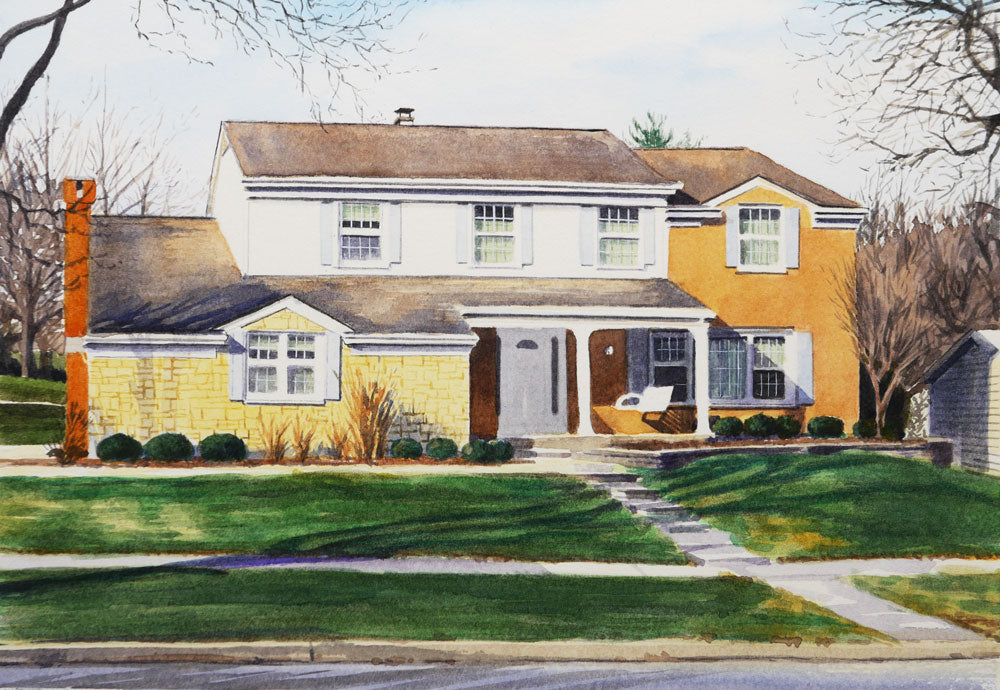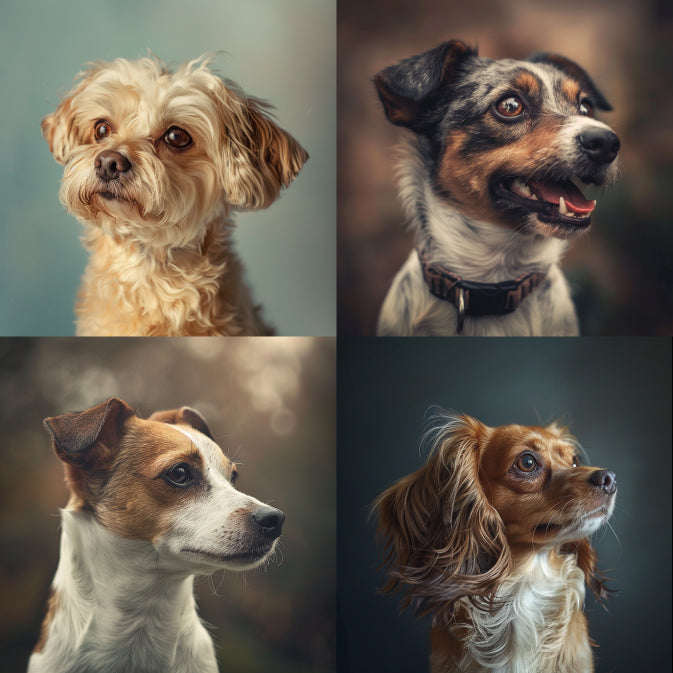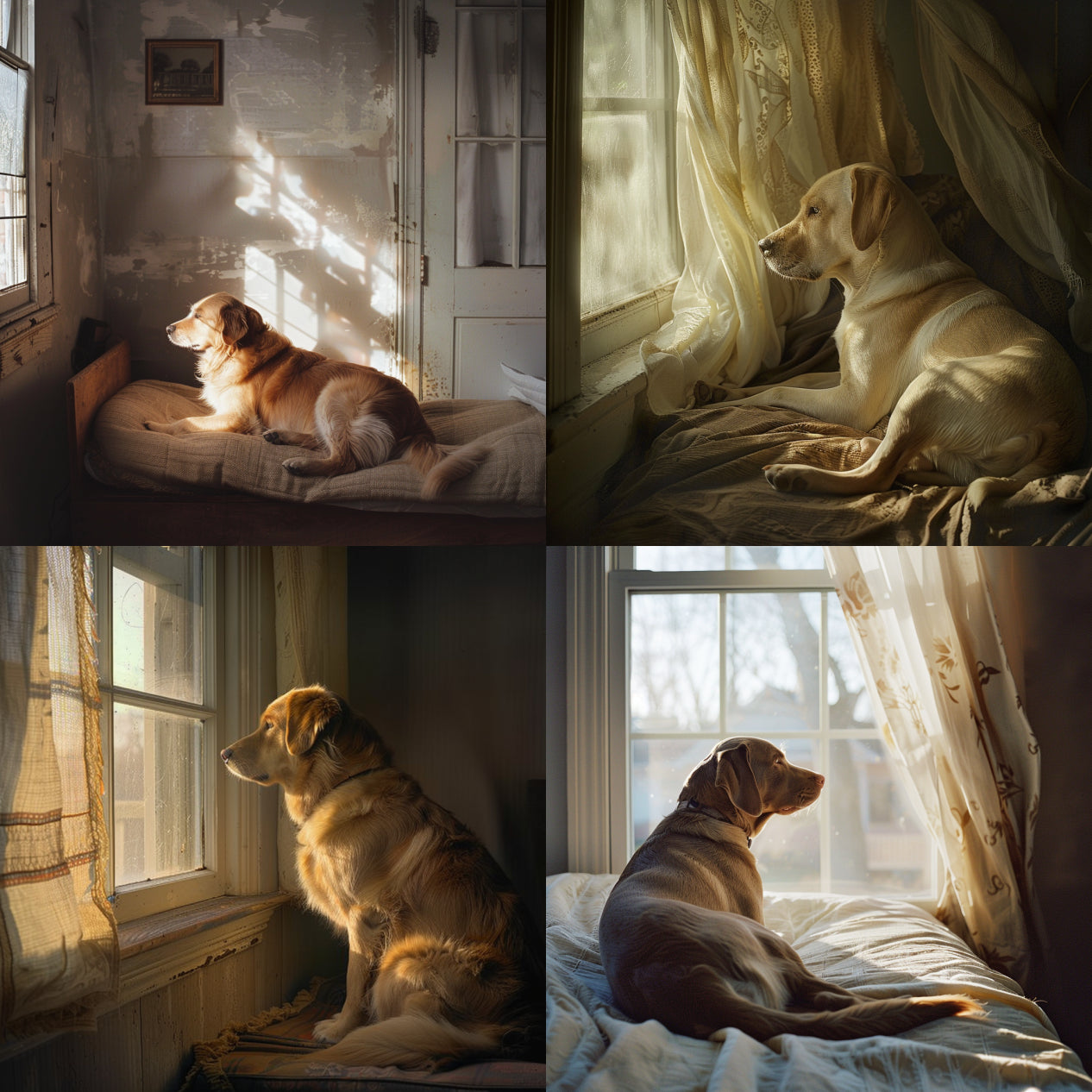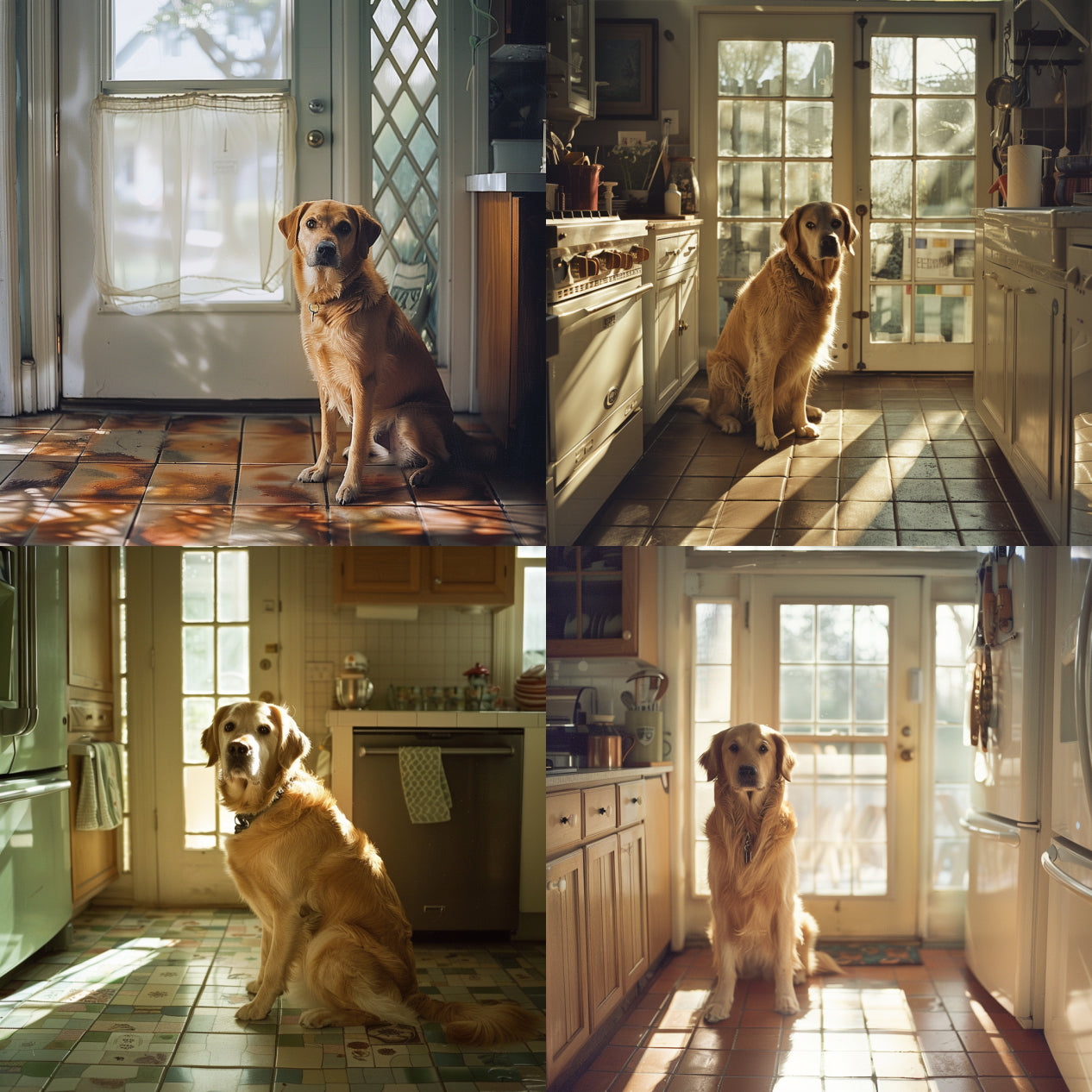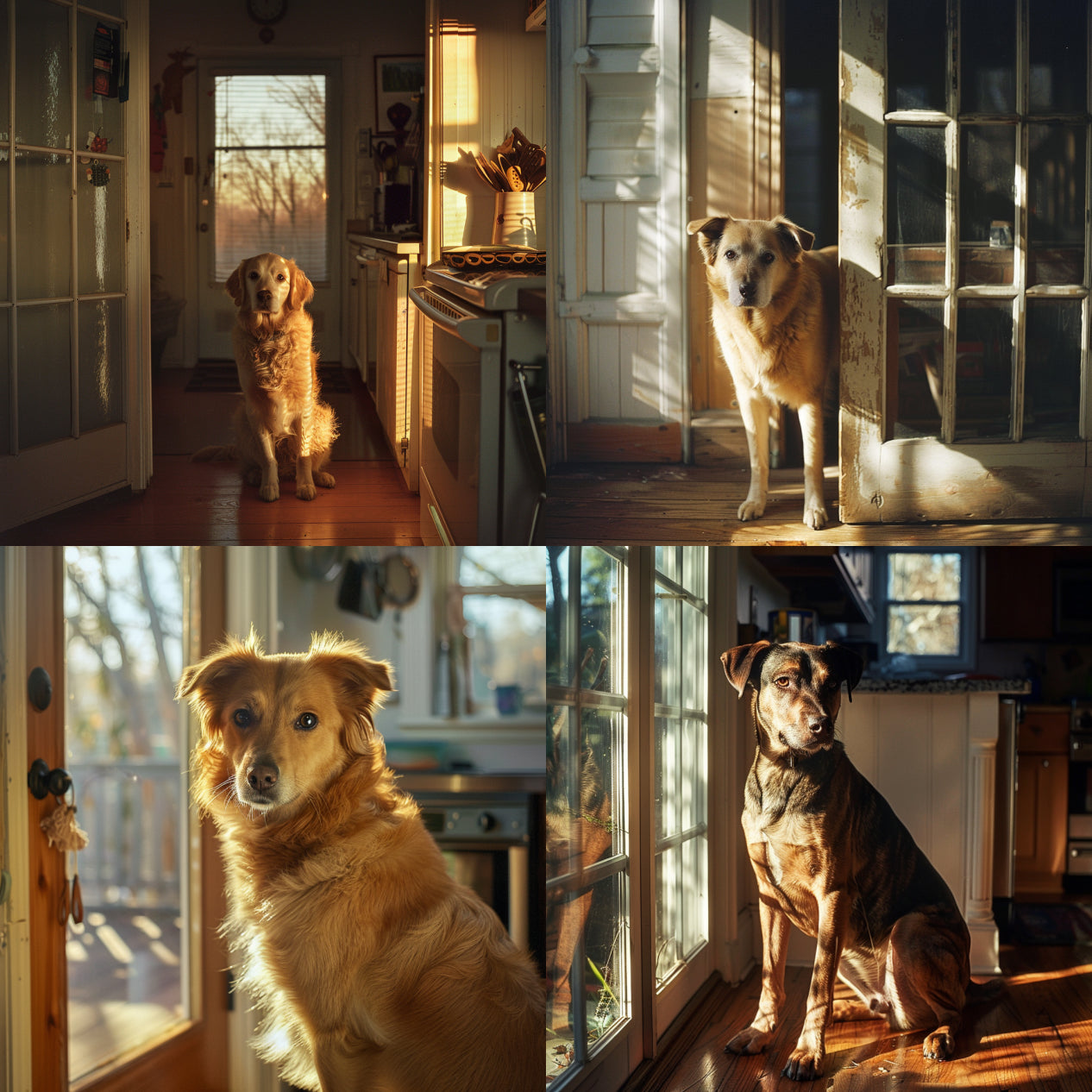As an artist, creating a house portrait is a unique and special way to capture the beauty of someone's home. But before you can start painting, you need a good photo reference to work from. Here are some tips on how to take the best photo references for a house portrait:
- Choose the right time of day: The best time to take a photo of a house is during the golden hours, which are the first hour after sunrise and the last hour before sunset. During these times, the light is soft and warm, which creates a beautiful and flattering look.
- Get the right angle: Try to get a straight-on view of the house. Stand far enough back so that you can capture the entire house in the photo, but close enough so that the details are clear and sharp. Avoid tilting the camera, as this can distort the perspective and make the house look unnatural.
- Pay attention to the lighting: Make sure the house is well-lit, both inside and out. Turn on all the lights in the house, and open the curtains and blinds to let in natural light. If necessary, use a flash or additional lighting to fill in any dark areas.
- Remove any distractions: Before taking the photo, make sure there are no distractions in the background or foreground that could detract from the house. Move any vehicles or outdoor furniture out of the way, and clear away any clutter or debris.
- Take multiple shots: Take several photos from different angles and distances to ensure you have plenty of options to work with. This will also help you capture the details and nuances of the house.
- Edit the photo: While it is best to send the original photo at the highest resolution possible to the artist, once you have the photo, use try using editing tools on your phone or decicated software to adjust the exposure, contrast, and color balance to make sure the photo accurately represents the house. If you like the result, or feel that the edited version conveys the color tone or a specific affect you are looking to have illustrated in the portrait, be sure to include this photo along with a note about what you like. This will also help you create a more accurate and detailed painting.
By following these tips, you can take the best photo references for a house portrait and create a beautiful and unique painting that captures the essence of someone's home.

